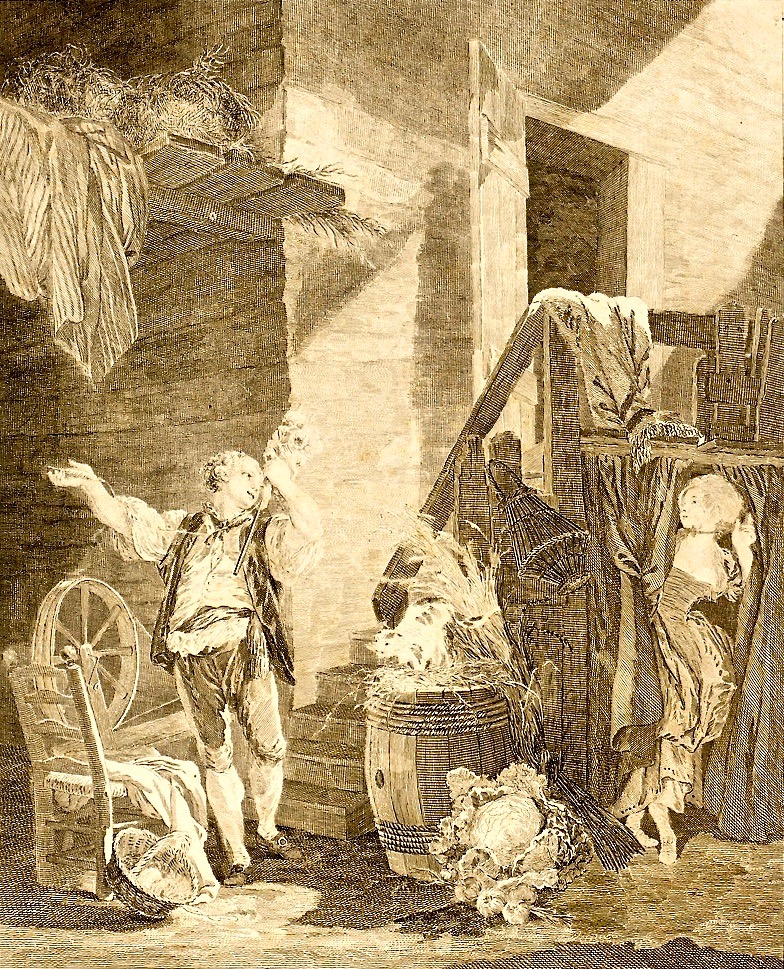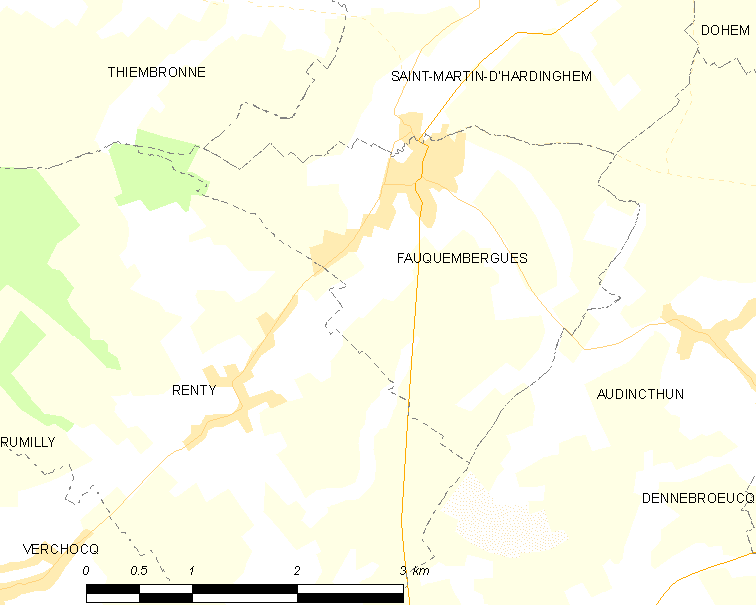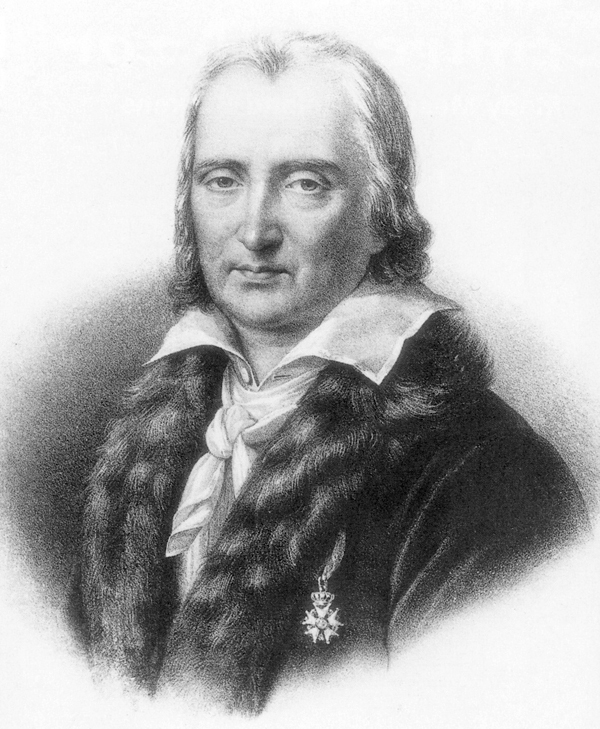|
Monsigny
Pierre-Alexandre Monsigny ( – ) was a French composer and a member of the French Académie des Beaux-Arts (1813). He is considered alongside André Grétry and François-André Danican Philidor to have been the founder of a new musical genre, the ''opéra comique'', laying a path for other French composers such as François-Adrien Boieldieu, Daniel-François-Esprit Auber Daniel-François-Esprit Auber (; 29 January 178212 May 1871) was a French composer and director of the Paris Conservatoire. Born into an artistic family, Auber was at first an amateur composer before he took up writing operas professionally when ..., Charles Gounod, Georges Bizet, and Jules Massenet in this genre. Biography Pierre-Alexandre Monsigny was born at Fauquembergues, near Saint-Omer, in the former Artois region of France (now Pas-de-Calais), four months before the marriage of his parents, Marie-Antoinette Dufresne and Nicolas Monsigny. He was educated at the Walloon Collége des Jésuites in Sa ... [...More Info...] [...Related Items...] OR: [Wikipedia] [Google] [Baidu] |
Opéra-Comique
The Opéra-Comique is a Paris opera company which was founded around 1714 by some of the popular theatres of the Parisian fairs. In 1762 the company was merged with – and for a time took the name of – its chief rival, the Comédie-Italienne at the Hôtel de Bourgogne. It was also called the Théâtre-Italien up to about 1793, when it again became most commonly known as the Opéra-Comique. Today the company's official name is Théâtre national de l'Opéra-Comique, and its theatre, with a capacity of around 1,248 seats, sometimes referred to as the Salle Favart (the third on this site), is located at Place Boïeldieu in the 2nd arrondissement of Paris, not far from the Palais Garnier, one of the theatres of the Paris Opéra. The musicians and others associated with the Opéra-Comique have made important contributions to operatic history and tradition in France and to French opera. Its current mission is to reconnect with its history and discover its unique repertoire to ensu ... [...More Info...] [...Related Items...] OR: [Wikipedia] [Google] [Baidu] |
Rose Et Colas
''Rose et Colas'' is a French opéra-comique in 3 acts by Michel-Jean Sedaine, music by Pierre-Alexandre Monsigny, first performed on the Théâtre-Français at the Hôtel de Bourgogne on 8 March 1764. on bruzanemediabase ''Rose et Colas'' is mentioned by Honoré de Balzac in the short story '' Une double famille
''Une double famille'' (''A Second Home'') is a lengthy short story by Honoré de Balzac. The story first appeared in 1830 under the title ''La femme vertueuse'' (''The Virtuous Woman''). It was subsequently published in 1832 by Mame et Delaunay a ... '' (1830). The Lord of Granvi ...
[...More Info...] [...Related Items...] OR: [Wikipedia] [Google] [Baidu] |
Aline, Reine De Golconde
''Aline, reine de Golconde'' (‘Aline, Queen of Golconda’) is an opera (ballet-héroïque) in three acts by Pierre-Alexandre Monsigny to a libretto by Michel-Jean Sedaine based on a story by Stanislas-Jean de Boufflers. It was first performed in the Salle des Machines in Paris on 15 April 1766. Action The action takes place in India, where queen Aline recognises the newly arrived ambassador Saint Phar as her long lost lover from a time when she was a mere peasant girl. She disguises herself as a shepherdess and meets Saint Phar before leaving him again to test his love. Resuming her role as queen, she offers herself in marriage to Saint Phar, who declines because he loves the shepherdess. The true identity of the shepherdess is then revealed, and the lovers reunited. Reception Although Monsigny had previously written light operas, ''Aline'' was his first and only grand opera. The ''Journal historique'' gave the work a damning review, saying that Sédaine's libretto lacked th ... [...More Info...] [...Related Items...] OR: [Wikipedia] [Google] [Baidu] |
Saint-Omer
Saint-Omer (; vls, Sint-Omaars) is a commune and sub-prefecture of the Pas-de-Calais department in France. It is west-northwest of Lille on the railway to Calais, and is located in the Artois province. The town is named after Saint Audomar, who brought Christianity to the area. The canalised section of the river Aa begins at Saint-Omer, reaching the North Sea at Gravelines in northern France. Below its walls, the Aa connects with the Neufossé Canal, which ends at the river Lys. History Saint-Omer first appeared in the writings during the 7th century under the name of Sithiu (Sithieu or Sitdiu), around the Saint-Bertin abbey founded on the initiative of Audomar, (Odemaars or Omer). Omer, bishop of Thérouanne, in the 7th century established the Abbey of Saint Bertin, from which that of Notre-Dame was an offshoot. Rivalry and dissension, which lasted till the French Revolution, soon sprang up between the two monasteries, becoming especially virulent when in 1559 St Omer ... [...More Info...] [...Related Items...] OR: [Wikipedia] [Google] [Baidu] |
Opéra Comique
''Opéra comique'' (; plural: ''opéras comiques'') is a genre of French opera that contains spoken dialogue and arias. It emerged from the popular '' opéras comiques en vaudevilles'' of the Fair Theatres of St Germain and St Laurent (and to a lesser extent the Comédie-Italienne),M. Elizabeth C. Bartlet and Richard Langham Smith"Opéra comique" '' Grove Music Online''. Oxford Music Online. 19 November 2009 which combined existing popular tunes with spoken sections. Associated with the Paris theatre of the same name, ''opéra comique'' is not necessarily comical or shallow in nature; '' Carmen'', perhaps the most famous ''opéra comique'', is a tragedy. Use of the term The term ''opéra comique'' is complex in meaning and cannot simply be translated as "comic opera". The genre originated in the early 18th century with humorous and satirical plays performed at the theatres of the Paris fairs which contained songs ('' vaudevilles''), with new words set to already existing music. ... [...More Info...] [...Related Items...] OR: [Wikipedia] [Google] [Baidu] |
Charles Collé
Charles Collé (14 April 1709 – 3 November 1783) was a French dramatist and songwriter. Biography The son of a notary, he was born in Paris. He became interested in the rhymes of Jean Heguanier, the most famous writer of couplets in Paris. From a notary's office, Collé was transferred to that of the receiver-general of finance, where he remained for nearly twenty years. When about seventeen, however, he made the acquaintance of Alexis Piron, and afterwards, through Gallet (1698?–1757), of Panard. The example of these three masters of the vaudeville decided his future but also made him diffident; and for some time he composed nothing but ''amphigouris''—verses whose merit was measured by their unintelligibility. The friendship of the younger Crébillon helped broaden his horizons, and the establishment in 1729 of the famous "Société du Caveau", a drinking-club known for its wit and good company, gave him a field for the display of his fine talent for popular song. In 1 ... [...More Info...] [...Related Items...] OR: [Wikipedia] [Google] [Baidu] |
Michel-Jean Sedaine
Michel-Jean Sedaine (2 June 1719 – 17 May 1797) was a French dramatist and librettist, especially noted for his librettos for '' opéras comiques'', in which he took an important and influential role in the advancement of the genre from the period of Charles-Simon Favart to the beginning of the Revolution.Charlton 1992, p. 297. Early life Sedaine was born in Paris. His father, an architect, died when Sedaine was quite young and left no fortune to inherit, the young Sedaine therefore began life as a mason's labourer. He was at last taken as pupil by an architect whose kindness he eventually repaid, by the help he was able to give to his benefactor's grandson, the painter David. Meanwhile, he had done his best to repair his deficiencies of education, and in 1750 he published a ''Recueil de pièces fugitives'', which included fables, songs and pastorals. Writer of opéras comiques Sedaine's especial talent was, however, for light opera. He wrote ''Le diable à quatre'', set ... [...More Info...] [...Related Items...] OR: [Wikipedia] [Google] [Baidu] |
Conservatoire De Paris
The Conservatoire de Paris (), also known as the Paris Conservatory, is a college of music and dance founded in 1795. Officially known as the Conservatoire National Supérieur de Musique et de Danse de Paris (CNSMDP), it is situated in the avenue Jean Jaurès in the 19th arrondissement of Paris, France. The Conservatoire offers instruction in music and dance, drawing on the traditions of the 'French School'. Formerly the conservatory also included drama, but in 1946 that division was moved into a separate school, the Conservatoire National Supérieur d'Art Dramatique (CNSAD), for acting, theatre and drama. Today the conservatories operate under the auspices of the Ministry of Culture and Communication and are associate members of PSL University. The CNSMDP is also associated with the Conservatoire National Supérieur de Musique et de Danse de Lyon (CNSMDL). History École Royale de Chant On 3 December 1783 Papillon de la Ferté, ''intendant'' of the Menus-Plaisirs du Roi, pro ... [...More Info...] [...Related Items...] OR: [Wikipedia] [Google] [Baidu] |
Fauquembergues
Fauquembergues (; vls, Valkenberg; pcd, Fauquimbergue) is a commune in the Pas-de-Calais department in the Hauts-de-France region of France. First mentioned in 961 as "in monten qui dicitur Falcoberg", the place later in 1124 was called ''Falkenberga''. In 1347, an English raiding force under Henry of Grosmont razed the settlement to the ground. Geography A town situated 10 miles (16 km) southwest of Saint-Omer, at the junction of the D928 with two minor roads, the D92 and the D158. The river Aa flows through Fauquembergues. Population Places and monuments * A line of 13 electricity-generating turbines can be seen on the 100 m high hills. Another group of 12 turbines faces the town from the southern direction. * The 13th-century church of Saint-Léger which is a registered historical monument Notable people * Hugh of Falkenberg, 12th century (Hugues de Fauquembergues) * Pierre-Alexandre Monsigny Pierre-Alexandre Monsigny ( – ) was a French composer and a m ... [...More Info...] [...Related Items...] OR: [Wikipedia] [Google] [Baidu] |
Louis Philippe I, Duke Of Orléans
Louis Philippe d'Orléans known as ''le Gros'' (''the Fat'') (12 May 1725 – 18 November 1785), was a French prince, a member of a cadet branch of the House of Bourbon, the royal dynasty that ruled France. The First Prince of the Blood after 1752, he was the most senior male at the French court after the immediate royal family. He was the father of ''Philippe Égalité''. He greatly augmented the already huge wealth of the House of Orléans. Biography ''Louis Philippe d'Orléans'' was born at the Palace of Versailles on 12 May 1725. As the only son of Louis d'Orléans, Duke of Orléans and his wife Johanna of Baden-Baden, he was titled Duke of Chartres at birth. He was one of two children; his younger sister Louise Marie d'Orléans died at Saint-Cloud in 1728 aged a year and eight months. His father, who had been devoted to his German wife became a recluse and pious as he grew older. Louise Marie was known as '' Mademoiselle'' in her short lifetime. Louis Philippe was ... [...More Info...] [...Related Items...] OR: [Wikipedia] [Google] [Baidu] |
André Grétry
André Ernest Modeste Grétry (; baptised 11 February 1741; died 24 September 1813) was a composer from the Prince-Bishopric of Liège (present-day Belgium), who worked from 1767 onwards in France and took French nationality. He is most famous for his '' opéras comiques''. Biography He was born at Liège, his father being a poor musician. He was a choirboy at the church of St. Denis (Liège). In 1753 he became a pupil of Jean-Pantaléon Leclerc and later of the organist at St-Pierre de Liège, Nicolas Rennekin, for keyboard and composition and of Henri Moreau, music master at the collegiate church of St. Paul. But of greater importance was the practical tuition he received by attending the performance of an Italian opera company. Here he heard the operas of Baldassarre Galuppi, Giovanni Battista Pergolesi, and other masters; and the desire of completing his own studies in Italy was the immediate result. To find the necessary means he composed in 1759 a mass which he dedicat ... [...More Info...] [...Related Items...] OR: [Wikipedia] [Google] [Baidu] |
Paris Opera
The Paris Opera (, ) is the primary opera and ballet company of France. It was founded in 1669 by Louis XIV as the , and shortly thereafter was placed under the leadership of Jean-Baptiste Lully and officially renamed the , but continued to be known more simply as the . Classical ballet as it is known today arose within the Paris Opera as the Paris Opera Ballet and has remained an integral and important part of the company. Currently called the , it mainly produces operas at its modern 2,723-seat theatre Opéra Bastille which opened in 1989, and ballets and some classical operas at the older 1,979-seat Palais Garnier which opened in 1875. Small scale and contemporary works are also staged in the 500-seat Amphitheatre under the Opéra Bastille. The company's annual budget is in the order of 200 million euros, of which €100M come from the French state and €70M from box office receipts. With this money, the company runs the two houses and supports a large permanent staff, ... [...More Info...] [...Related Items...] OR: [Wikipedia] [Google] [Baidu] |







%2C_depicted_as_the_goddess_Hebe_by_Nattier_(Metropolitan_Museum_of_Art).jpg)

